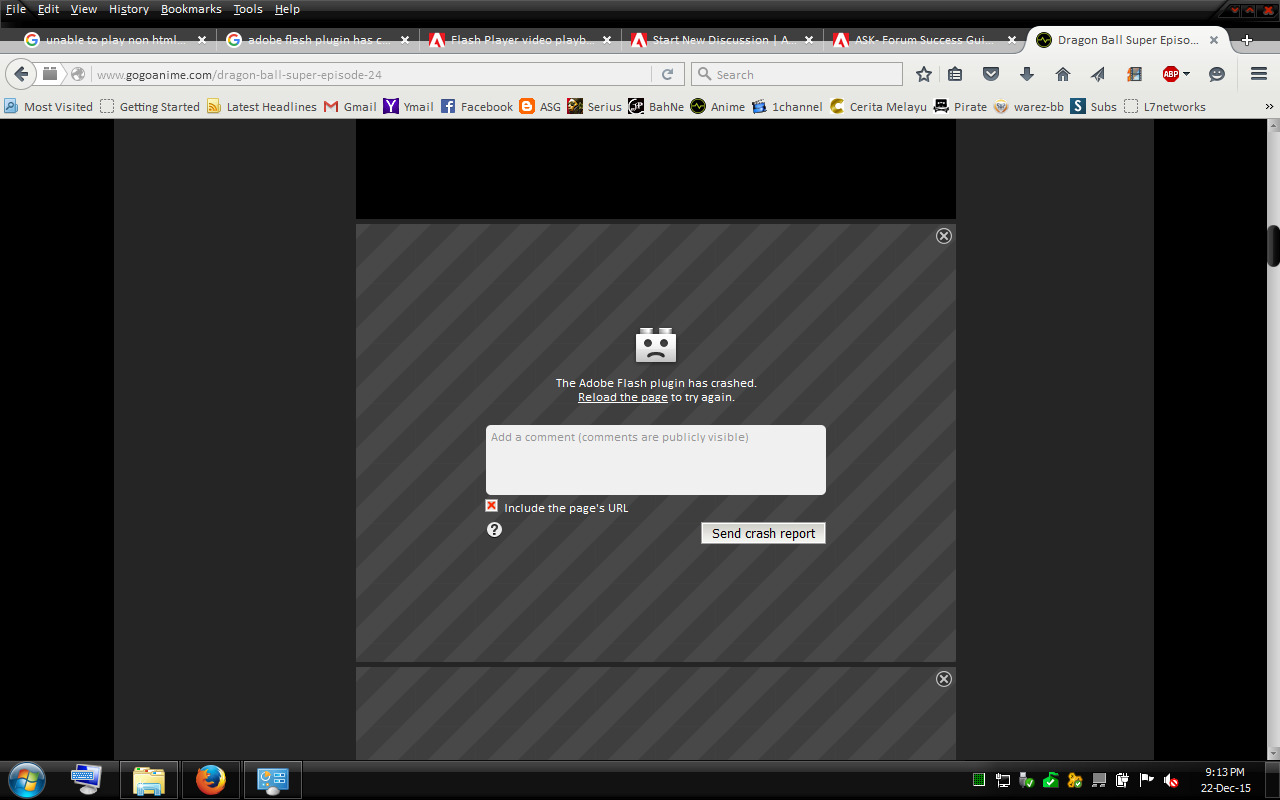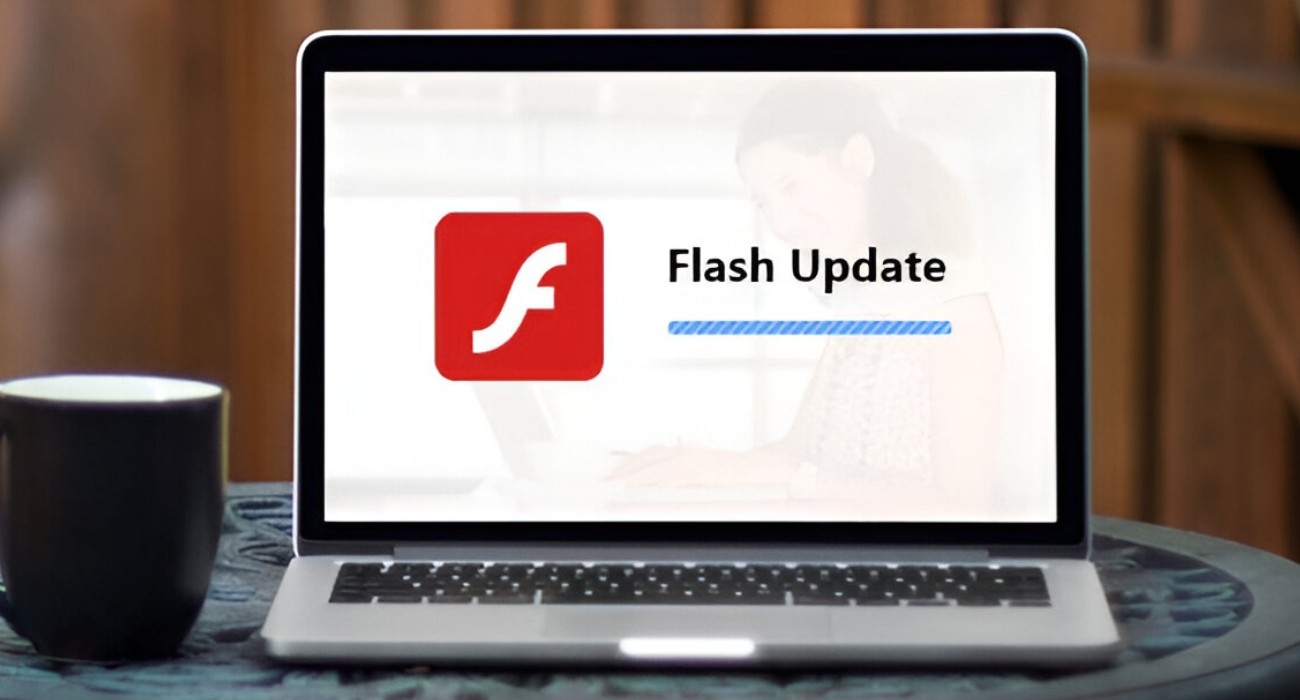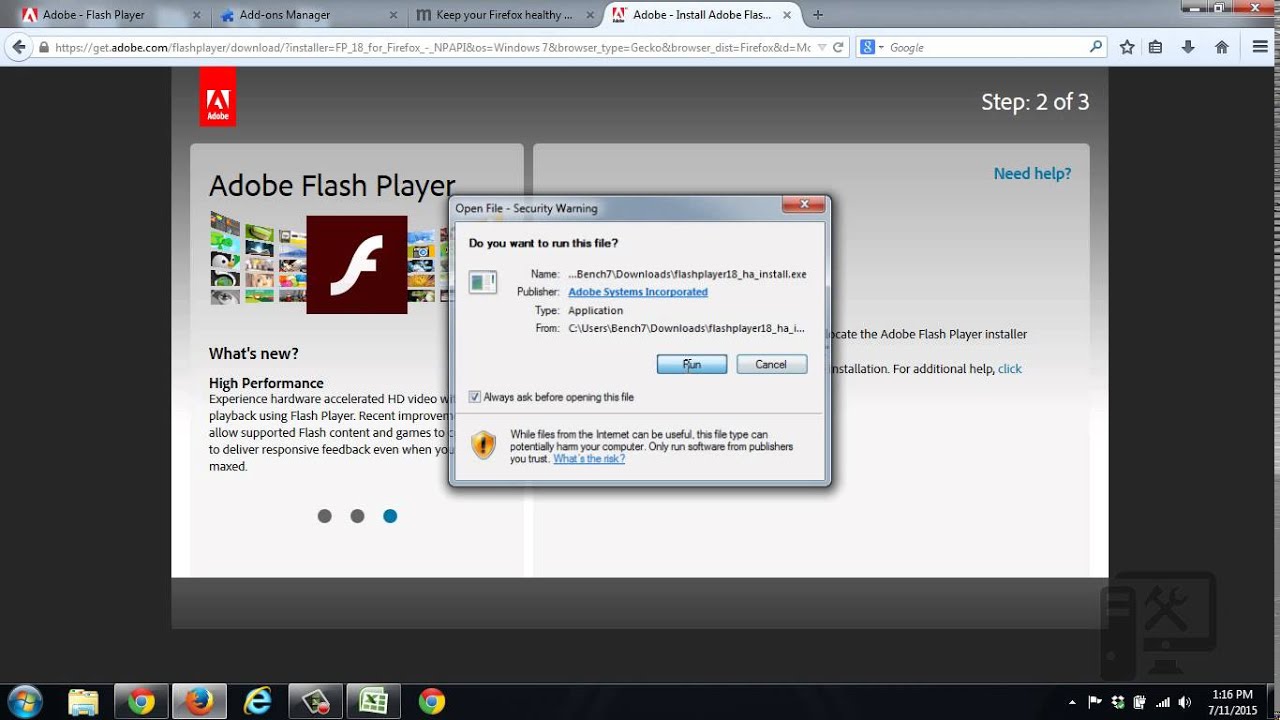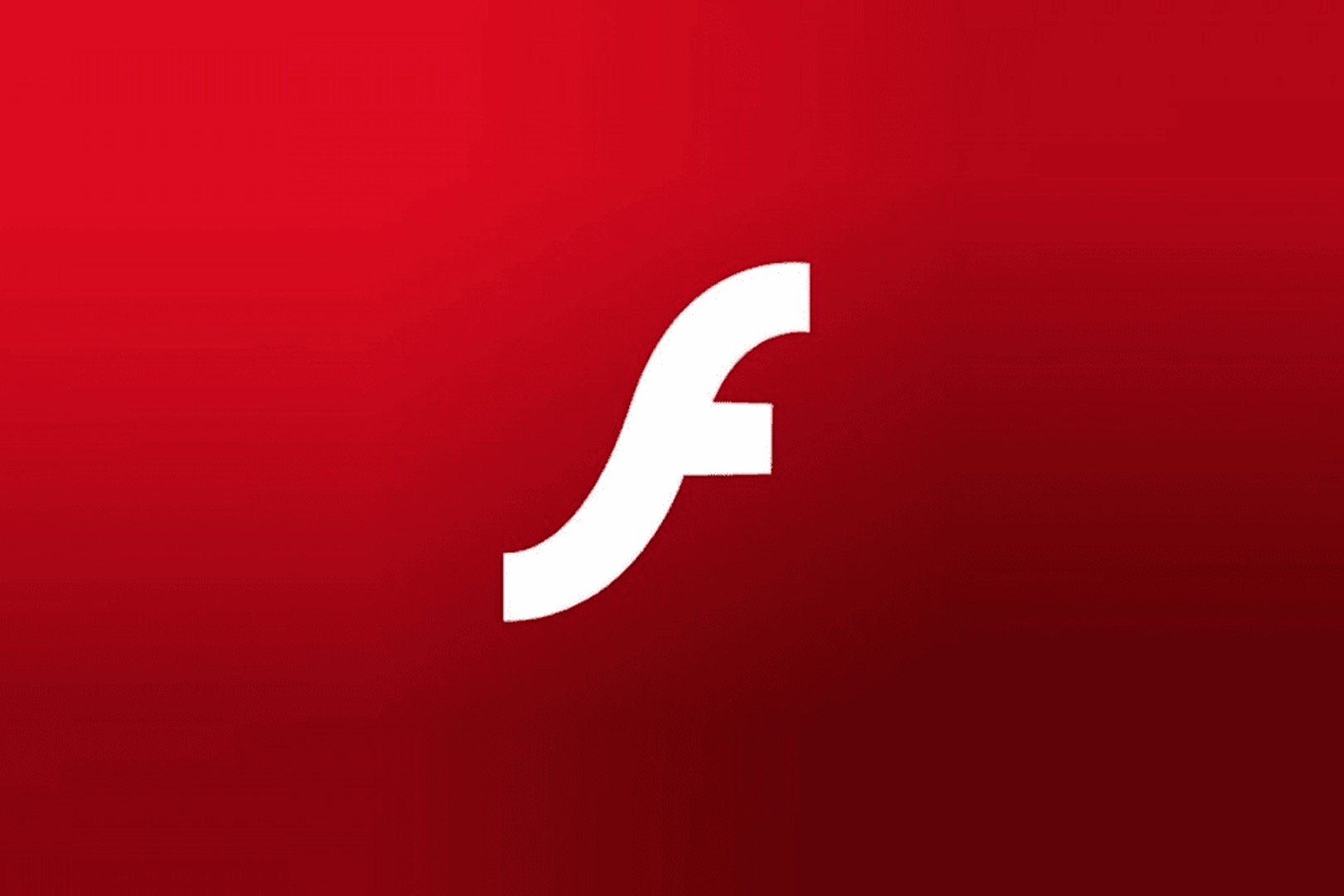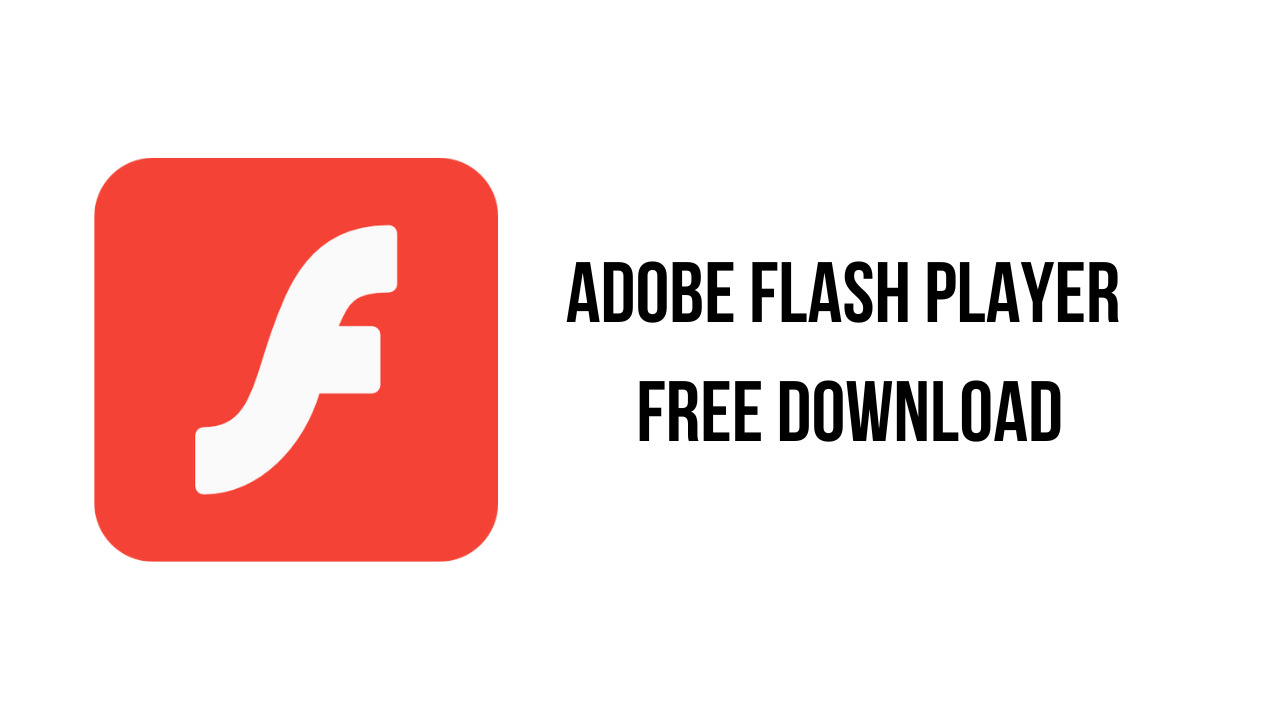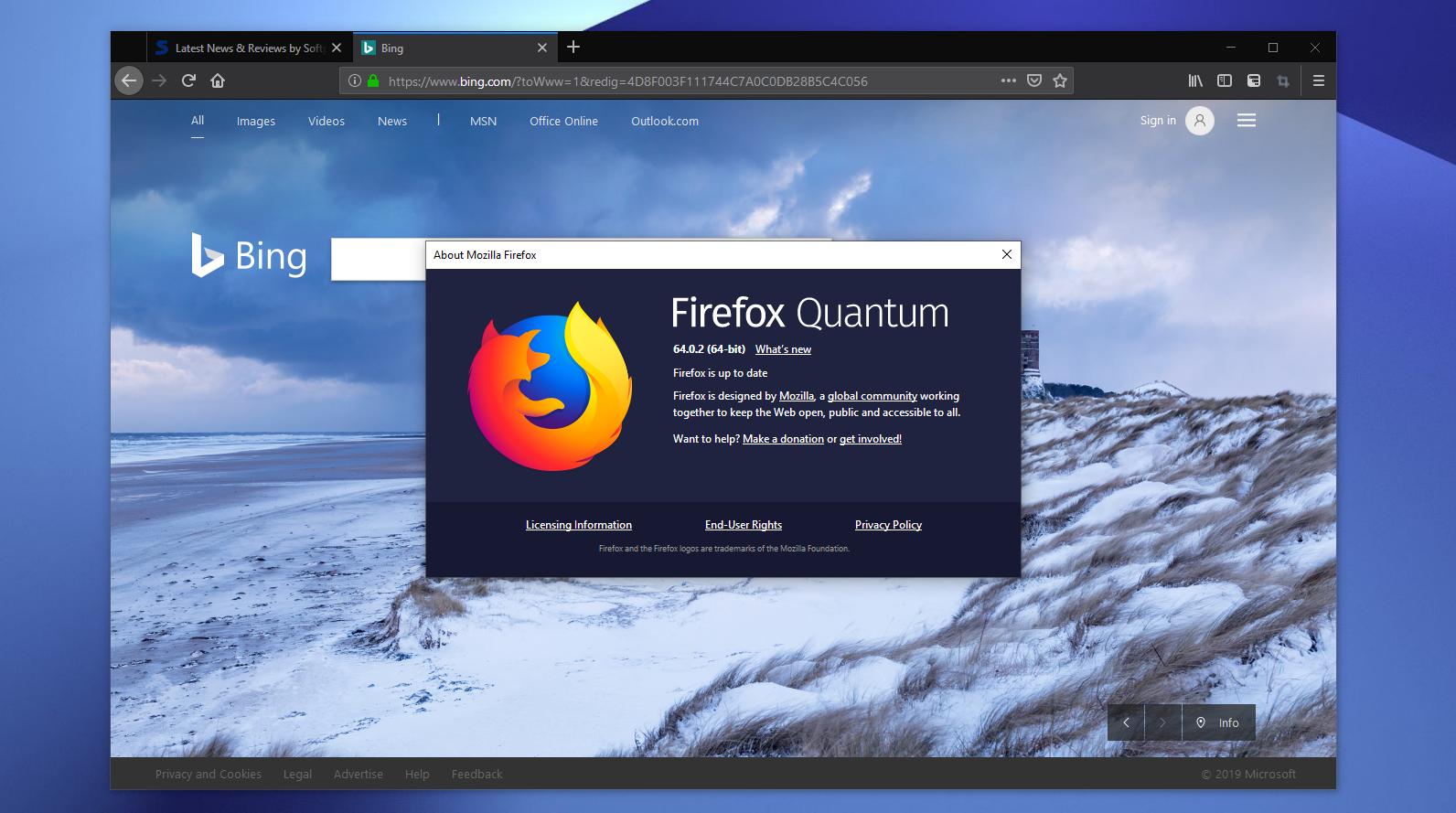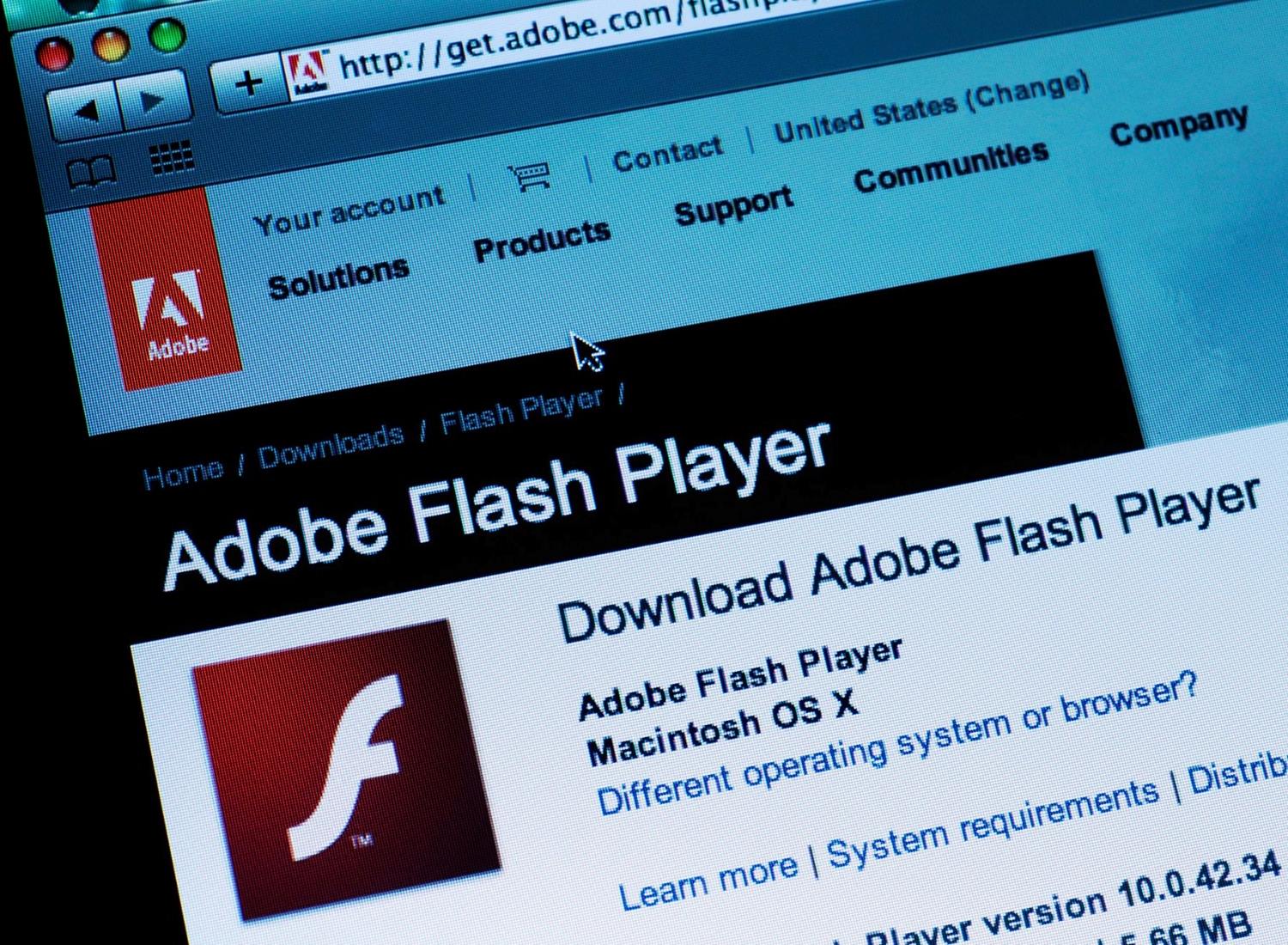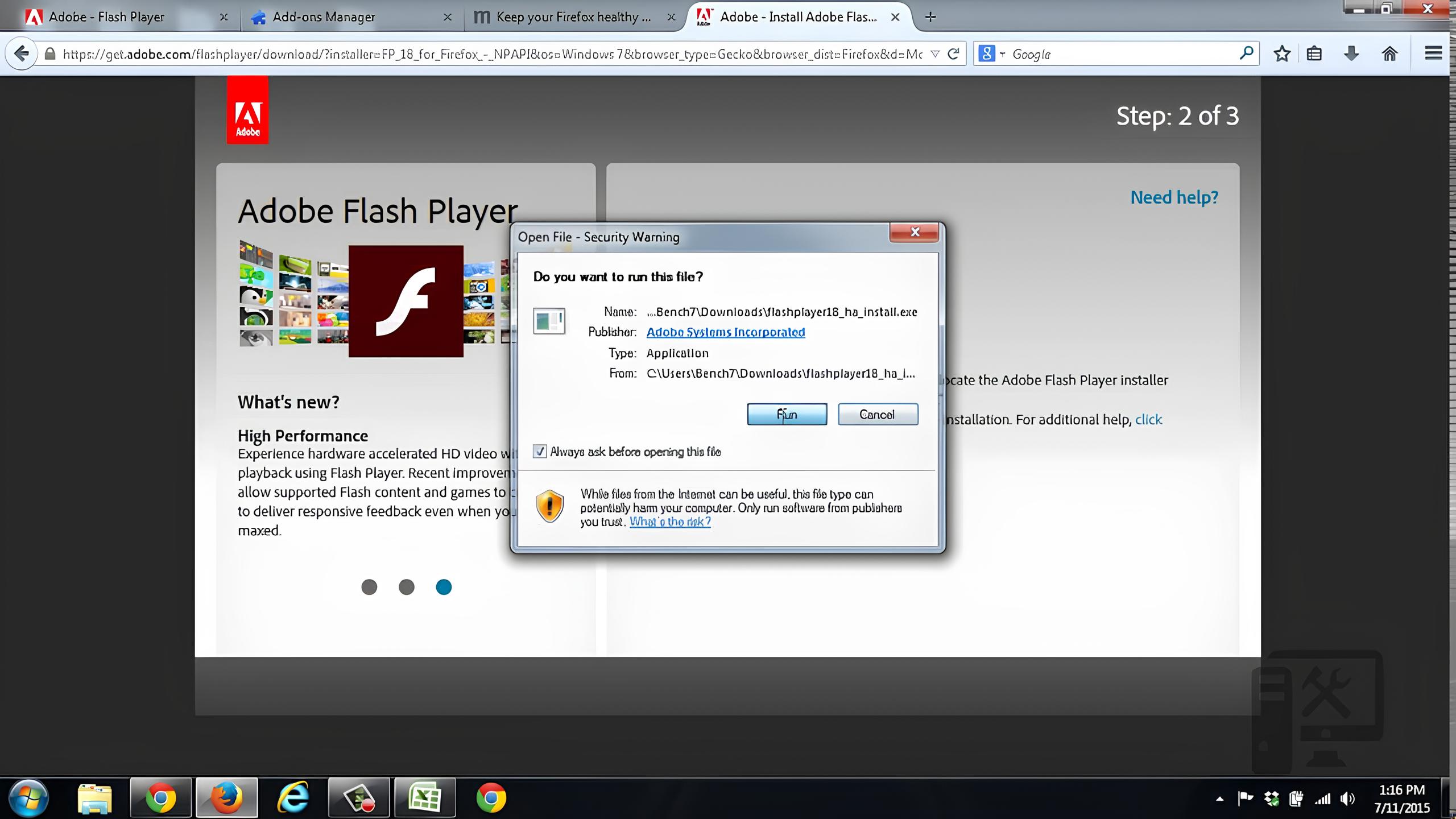Introduction
Adobe Flash has been a cornerstone of the internet for many years, providing interactive and multimedia content to users across the globe. However, with the evolution of web standards and the rise of HTML5, the usage of Adobe Flash has declined. Despite this, there are still websites and applications that rely on Adobe Flash to deliver content and functionality.
In this article, we will explore how to enable Adobe Flash in the Firefox browser. By following these steps, you can ensure that you have access to Flash content when you encounter it while browsing the web. Whether it's a legacy website, an online game, or a multimedia presentation, enabling Adobe Flash in Firefox can help you access and enjoy a wide range of content that still relies on this technology.
As we delve into the process of enabling Adobe Flash in Firefox, it's important to note that Adobe Flash is considered a legacy technology and is being phased out by major web browsers and internet platforms. This is due to security vulnerabilities and performance issues associated with Flash. As a result, it's crucial to use Adobe Flash with caution and consider alternative technologies whenever possible.
With that in mind, let's explore how to check if Adobe Flash is installed on your system and then proceed to enable it in the Firefox browser. By following these steps, you can navigate the transition away from Adobe Flash while still being able to access Flash content when necessary.
Checking if Adobe Flash is installed
Before enabling Adobe Flash in Firefox, it's essential to verify whether Adobe Flash is installed on your system. This step ensures that you can accurately determine whether the plugin needs to be enabled or updated. Here's how you can check if Adobe Flash is installed:
Method 1: Using Adobe's Official Website
- Open your Firefox browser and navigate to Adobe's official Flash Player download page.
- Once on the page, Adobe will automatically detect your operating system and provide the appropriate download link if Flash is not installed. If Flash is already installed, you will see a message indicating that it is already part of your operating system or browser.
Method 2: Checking Firefox Add-ons
- Launch Firefox and click on the menu icon (three horizontal lines) in the top-right corner of the browser window.
- Select "Add-ons" from the dropdown menu.
- In the Add-ons Manager tab, click on the "Plugins" option in the left-hand menu.
- Look for "Shockwave Flash" in the list of plugins. If it's present, Adobe Flash is installed and enabled. If it's not listed, Flash may not be installed or may be disabled.
Method 3: Using About:Plugins
- In the Firefox address bar, type "about:plugins" and press Enter.
- This will display a list of all installed plugins, including Adobe Flash. If you see "Shockwave Flash" in the list, it means Adobe Flash is installed and enabled.
By using these methods, you can easily determine whether Adobe Flash is installed and enabled in your Firefox browser. If Adobe Flash is not installed or enabled, you can proceed to the next section to learn how to enable it in Firefox.
Enabling Adobe Flash in Firefox
Enabling Adobe Flash in Firefox is a straightforward process that allows you to access Flash content on websites and applications. While Adobe Flash is being phased out by modern web standards, there are still instances where enabling Flash in Firefox becomes necessary to interact with specific online content. Here's how you can enable Adobe Flash in Firefox:
Step 1: Accessing Firefox Add-ons
- Open your Firefox browser and click on the menu icon (three horizontal lines) in the top-right corner of the browser window.
- Select "Add-ons" from the dropdown menu.
Step 2: Navigating to Plugins
- In the Add-ons Manager tab, click on the "Plugins" option in the left-hand menu.
Step 3: Enabling Adobe Flash
- Look for "Shockwave Flash" in the list of plugins. If it's present, Adobe Flash is installed but may be disabled.
- Click on the dropdown menu next to "Shockwave Flash" and select "Always Activate" to enable Adobe Flash for all websites.
Step 4: Verifying the Activation
- Once you have selected "Always Activate," Adobe Flash will be enabled in Firefox, allowing you to access Flash content across various websites and applications.
By following these steps, you can ensure that Adobe Flash is enabled in your Firefox browser, providing you with the ability to interact with Flash-based content as needed. It's important to exercise caution when interacting with Flash content due to its known security vulnerabilities. Additionally, consider using alternative technologies whenever possible, as Adobe Flash is gradually being replaced by more secure and efficient web standards.
Enabling Adobe Flash in Firefox grants you access to legacy content that still relies on this technology, ensuring that you can engage with a wide range of multimedia and interactive experiences on the web. As you navigate the evolving landscape of internet technologies, being able to enable and disable Adobe Flash in Firefox empowers you to make informed choices about your online interactions while maintaining compatibility with legacy content that may still be prevalent on the web.
Testing Adobe Flash in Firefox
Once you have enabled Adobe Flash in Firefox, it's essential to verify that it is functioning correctly. Testing Adobe Flash ensures that you can interact with Flash-based content on websites and applications without encountering any issues. Here's how you can test Adobe Flash in Firefox:
Step 1: Visiting Flash-Enabled Websites
Navigate to websites known to utilize Adobe Flash for multimedia content, such as online games, interactive presentations, or video streaming platforms. By accessing these websites, you can confirm whether Adobe Flash is functioning as expected within the Firefox browser.
Step 2: Interacting with Flash Content
Engage with the Flash-based content on the websites you visit. This may involve playing games, watching videos, or interacting with interactive elements that rely on Adobe Flash. By actively participating in the content, you can assess the performance and functionality of Adobe Flash within Firefox.
Step 3: Verifying Compatibility
Ensure that the Flash content behaves as intended and that you can interact with it seamlessly. Check for any errors, glitches, or performance issues while engaging with Flash-based elements on different websites. This step allows you to confirm that Adobe Flash is compatible with Firefox and can deliver the intended multimedia experiences.
Step 4: Troubleshooting, if Necessary
If you encounter any issues while testing Adobe Flash in Firefox, consider troubleshooting potential problems. This may involve updating Adobe Flash to the latest version, clearing browser cache and cookies, or checking for conflicting browser extensions that could affect Flash functionality. By addressing any issues that arise, you can optimize the performance of Adobe Flash within Firefox.
By following these steps, you can effectively test Adobe Flash in Firefox, ensuring that it is operational and capable of delivering multimedia and interactive experiences across various websites. As you engage with Flash-based content, it's important to remain mindful of the evolving landscape of web technologies and the gradual transition away from Adobe Flash. While testing Adobe Flash in Firefox, consider exploring alternative technologies, such as HTML5, for a more secure and efficient multimedia experience on the web.
Conclusion
In conclusion, enabling Adobe Flash in the Firefox browser allows users to access legacy multimedia and interactive content that still relies on this technology. By following the outlined steps to check if Adobe Flash is installed, enabling it in Firefox, and testing its functionality, individuals can ensure a seamless experience when encountering Flash-based elements on the web.
As the internet continues to evolve, it's important to acknowledge that Adobe Flash is considered a legacy technology and is being phased out by modern web standards. The transition away from Flash is driven by the need for more secure, efficient, and accessible multimedia solutions. While enabling Adobe Flash in Firefox provides access to specific content, it's crucial to exercise caution and consider alternative technologies, such as HTML5, whenever possible.
The process of enabling Adobe Flash in Firefox empowers users to make informed choices about their online interactions while maintaining compatibility with legacy content. By verifying the installation, enabling the plugin, and testing its functionality, individuals can navigate the evolving landscape of web technologies with confidence.
It's essential to highlight the potential security vulnerabilities associated with Adobe Flash and the importance of keeping the plugin updated to mitigate risks. Additionally, as major web browsers and internet platforms continue to phase out support for Flash, users are encouraged to embrace modern web standards and explore alternative multimedia solutions for a more secure and efficient browsing experience.
Enabling Adobe Flash in Firefox serves as a bridge between the past and the future of web technologies, allowing users to engage with legacy content while embracing the advancements that shape the digital landscape. As individuals navigate the transition away from Adobe Flash, they can leverage the outlined steps to enable and test its functionality in Firefox, ensuring a balanced approach to accessing multimedia and interactive experiences on the web.









